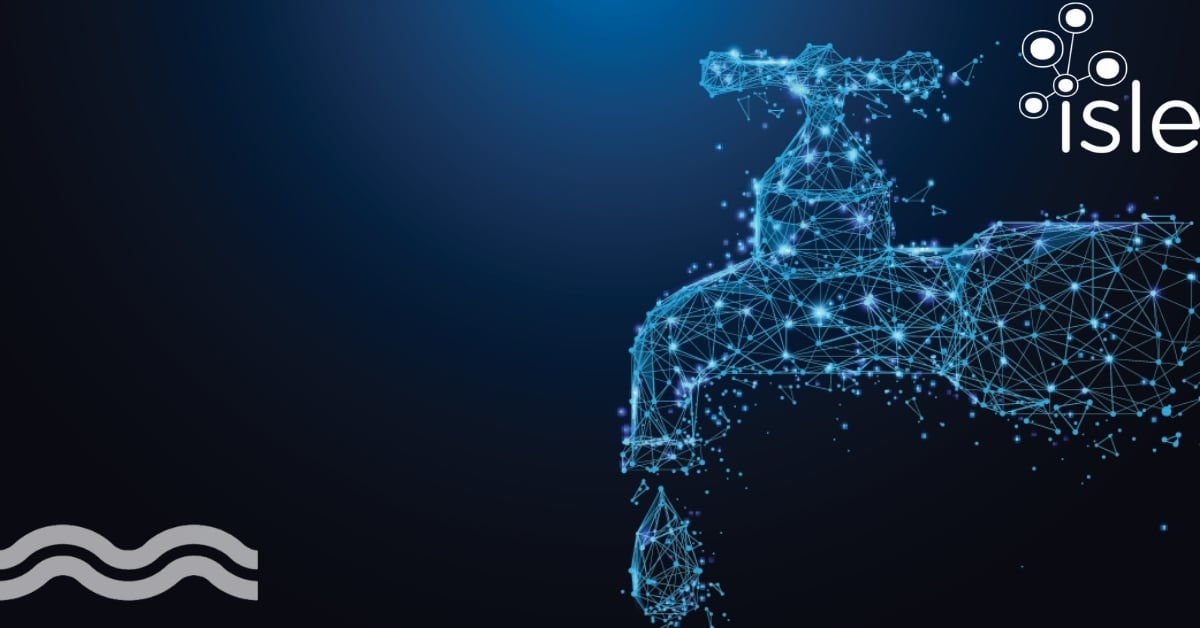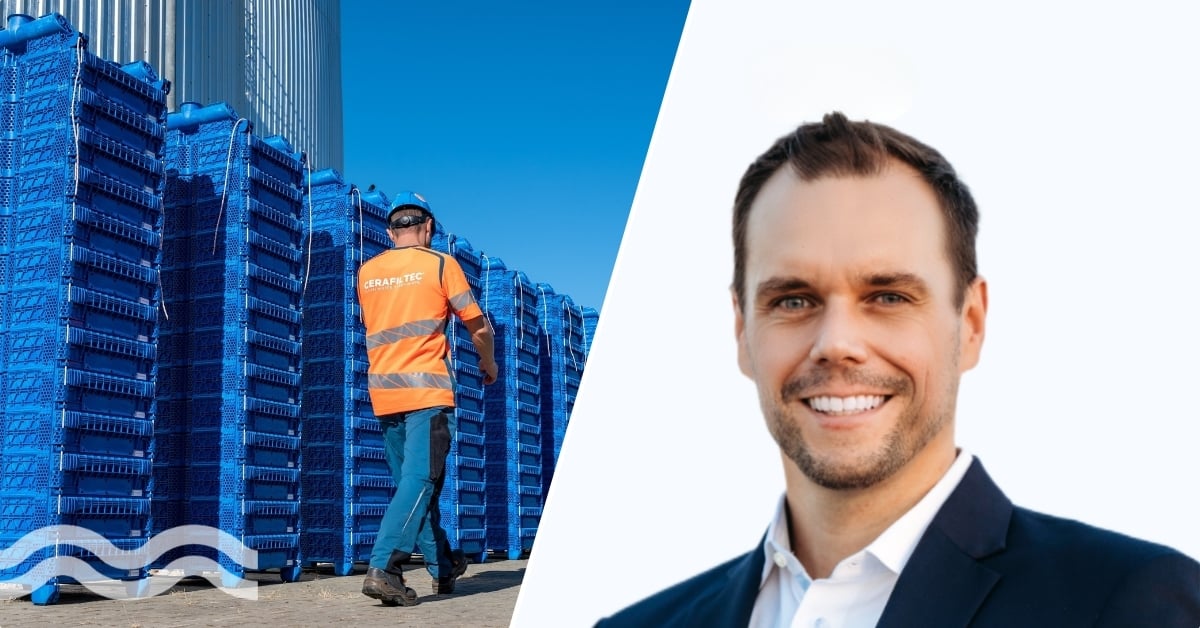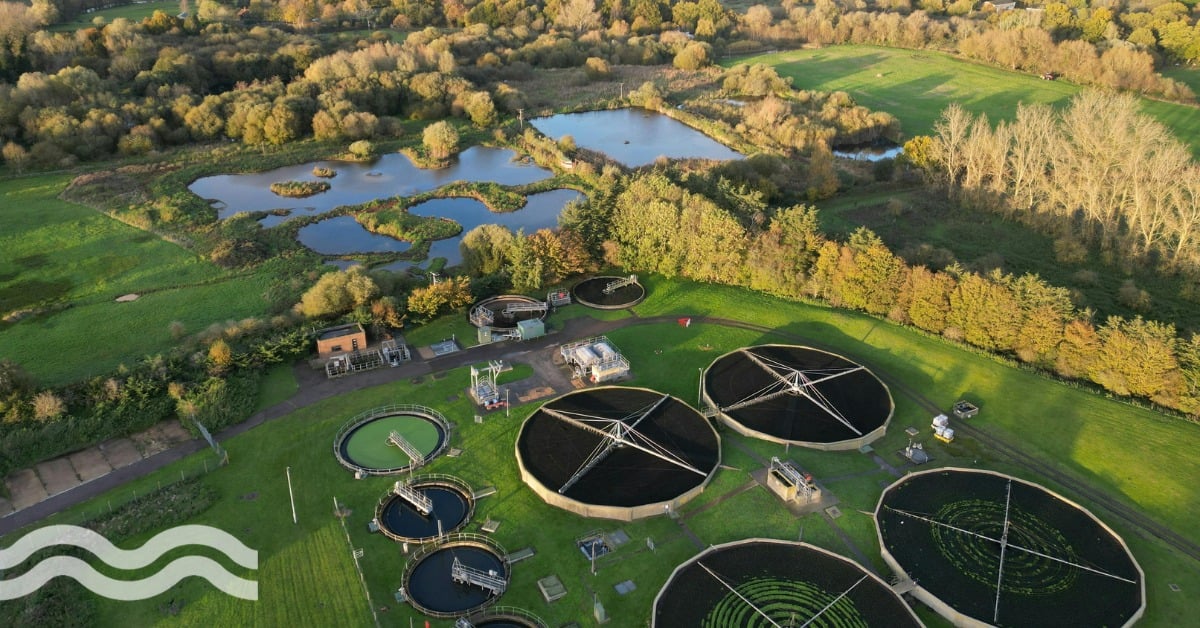Plant-based meatballs & innovation bootcamps: IKEA’s water positive plans
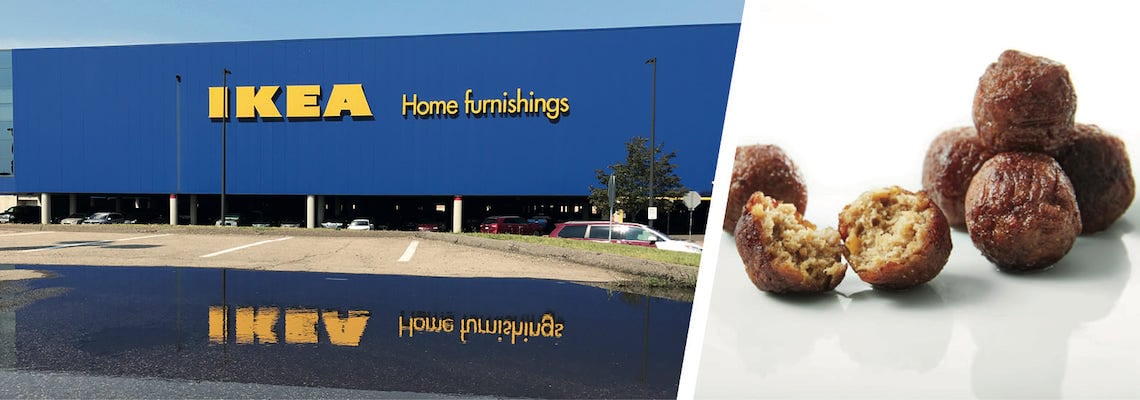
Retail giant IKEA has long held ambitions to be water and climate positive as part of its sustainability programme.
Global franchise aims for water positivity
With ambitious plans to be both water and energy positive by 2030, the global franchise group IKEA is positioning itself with a multi-stranded strategy.
A major part of its plans concerns improved water stewardship, especially when it comes to the materials used in its products.
Often considered a furniture store, IKEA is also a major consumer of water heavy materials like cotton as well as water intensive food products like its famous meatballs.
Indeed, an alternative plant-based ball Huvudroll, a more sustainable alternative to the meatball, was introduced to the IKEA range globally in August this year. According to the company it has only 4 per cent of the climate footprint of the traditional meatball but the same taste and texture.
Now though, the group is looking to address its water use by addressing both production and use throughout the value chain.
By 2030, the group aims to enable more sustainable choices, particularly through its circular design principles. This focuses on strategies such as prolonging the life of its products and materials, for example through sharing and reuse. After all, the most water efficient products are those which don’t need to be produced.
The IKEA business will also enable people to generate renewable energy, as well as being energy and water efficient and to purify the water and air in their homes, the strategy states.
Key elements of the plan include halving the absolute net greenhouse gas emissions from the total IKEA value chain by 2030.
It aims to achieve this by reducing emissions by at least 15 per cent with the rest coming from better forest and agriculture management and prolonging the life of its products and renewable materials. It also aims to use 100 per cent renewable energy, promoting on-site renewables for example.
"IKEA is specifically focusing on leading projects to clean plastic pollutants from oceans and sourcing wood, cotton, food, and other raw materials from more sustainable sources."
Its plans to become water positive by 2030 are centred on developing water stewardship programmes, for example leading regenerative projects to clean polluted waters and protect biodiversity.
IKEA is specifically focusing on leading projects to clean plastic pollutants from oceans and sourcing wood, cotton, food, and other raw materials from more sustainable sources.
Supporting water innovation
A recent example of IKEA’s engagement with water use comes from its newly-minted partnership with Flow Loop.
The two groups are working to develop a water recycling shower system which aims to save up to 80 per cent of the water typically used. By recycling and cleaning the shower water in a closed loop, the technology is also expected to save around 70 per cent of energy used when compared with the average shower.
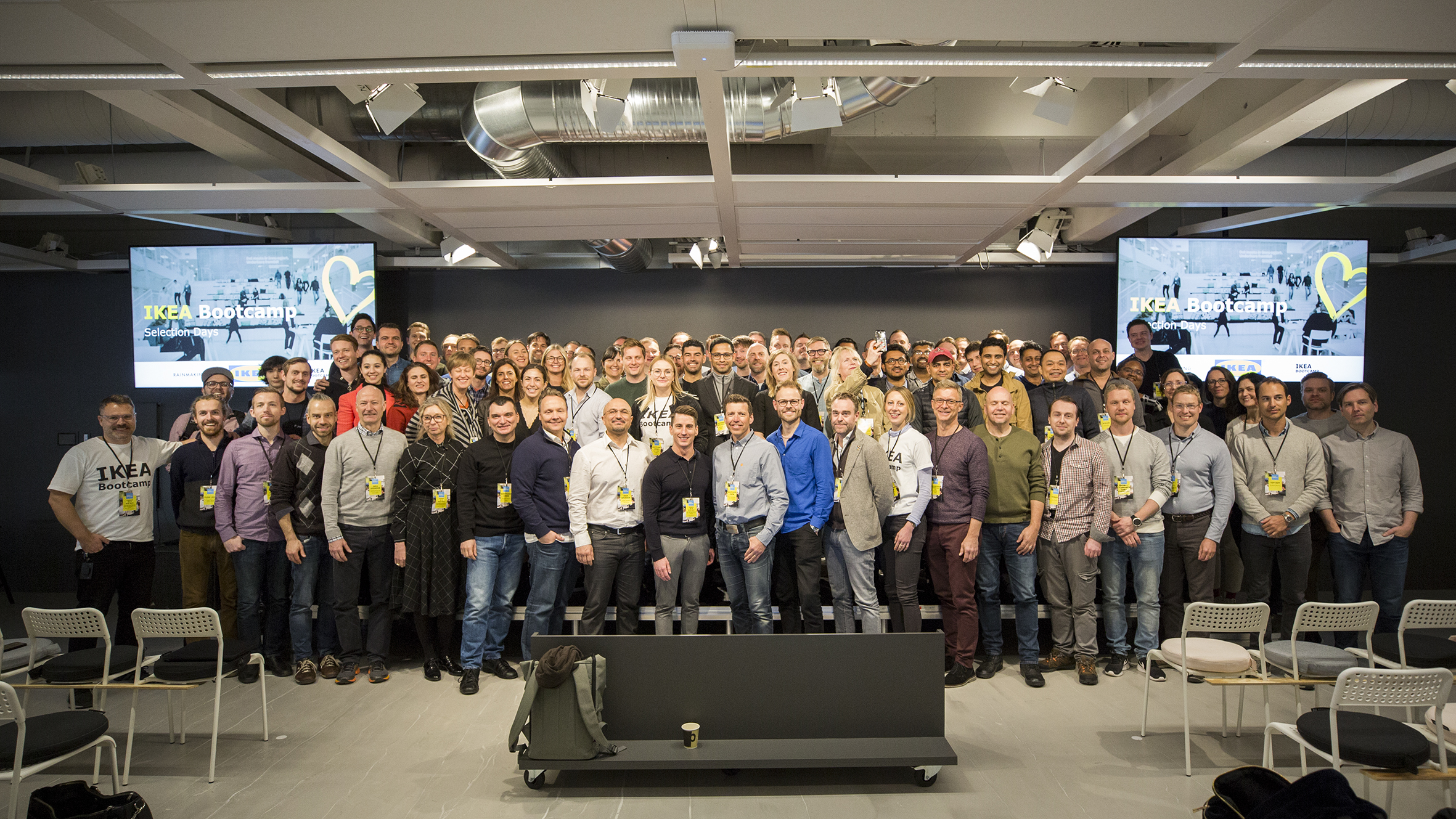
“We are exploring innovative solutions that inspire and enable reduced water consumption and reuse of water in the home,” said Tobias Svanberg, development leader range & product innovation, IKEA of Sweden AB, in a statement.
Svanberg added: “As a brand with presence around the world, IKEA has a big responsibility – and opportunity to lead and influence a movement for efficient and more sustainable water use and we are happy to work with innovative partners such as Flow Loop.”
Danish company Flow Loop emerged from IKEA’s second Bootcamp programme which was launched in November 2019. Working with 20 growth-stage start-ups, the Bootcamp aims to find and support affordable innovations that enable a positive impact on the planet, people and society.
Beyond developing innovative and affordable products to enable reduced usage of water at home, IKEA says it is working throughout the value chain to become more water efficient and increase the availability of water where IKEA has influence.
For instance, another company to emerge from last year’s Bootcamp is the UK’s Liquiproof LABS, which has developed advanced fabric protection products. IKEA plans to work with the company to create a furniture protection range which is expected to extend the lifespan of its furniture products and thus reduce primary water consumption.
Tackling textiles
Given that textiles represent a major constituent of IKEA’s water use – overall materials accounted for 544.1 million cubic metres of water used last year across the company value chain – IKEA is also forging partnerships to improve recycling and reuse of materials.
However, recycling textiles presents several challenges, such as a lack of knowledge about the chemical content within textiles.
This year IKEA announced a research partnership with clothing retail company the H&M Group. The two conducted a large-scale study to help understand how recyclable textiles, which typically include mixed materials, measure against existing chemical standards.
"Transforming into a circular economy and making use of recycled materials requires the industry to have an aligned approach to material development."
“Transforming into a circular economy and making use of recycled materials requires the industry to have an aligned approach to material development, including which types of substances and levels, are safe,” explained Nils Månsson, materials and innovation deployment manger at IKEA Range and Supply.
This study conducted over 8,000 tests made on recyclable cotton textiles collected from different European organisations and recyclers. Knowing which specific chemicals are likely to be found enables the companies better understand which tests need to be conducted to make use of recyclable cotton textile, while meeting safety standards.
IKEA and H&M Group are now expanding the study to include recyclable polyester and wool-rich textiles. Indeed, last year nearly 60 per cent of the polyester used in the company’s textile products was recycled, with the goal to reach 100 per cent this year.
“We don’t have all the answers and cannot achieve our goals alone,” the company said. “Therefore, we are committed to working together in a collaborative way and being transparent about what we learn.”
Bearing more sustainable fruit
IKEA’s global efforts are evidently starting to bear fruit. The last year marked a major milestone given that retail sales grew by 6.5 per cent over the previous financial year while the company’s absolute carbon footprint fell by more than 4 per cent.
This was driven by a large increase of renewable energy in the production of IKEA products, plus significant increases in energy efficiency of the lighting and appliances range.
Decoupling economic growth from environmental impact is central to IKEA’s sustainability strategy and reducing water use is a key part of that plan.
